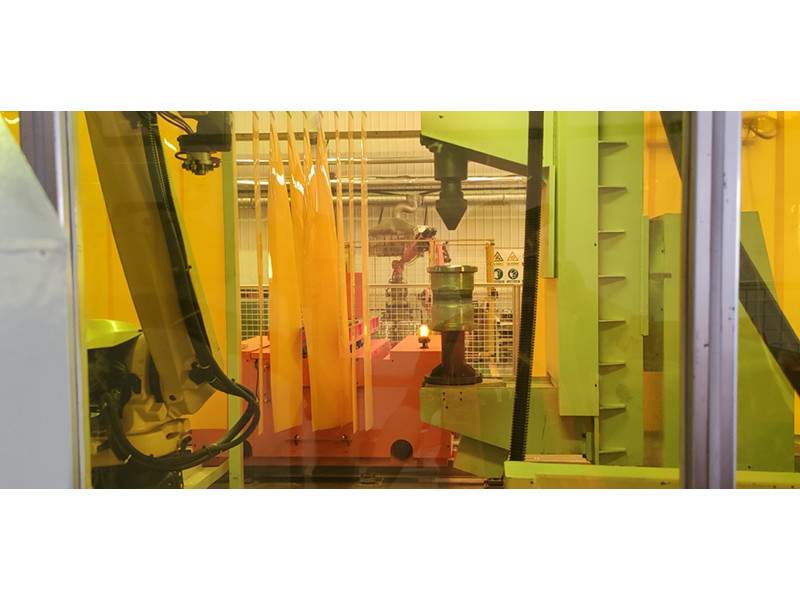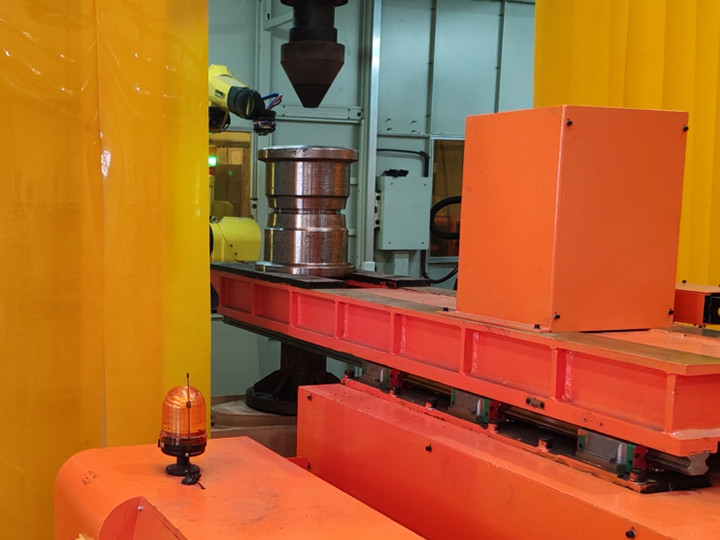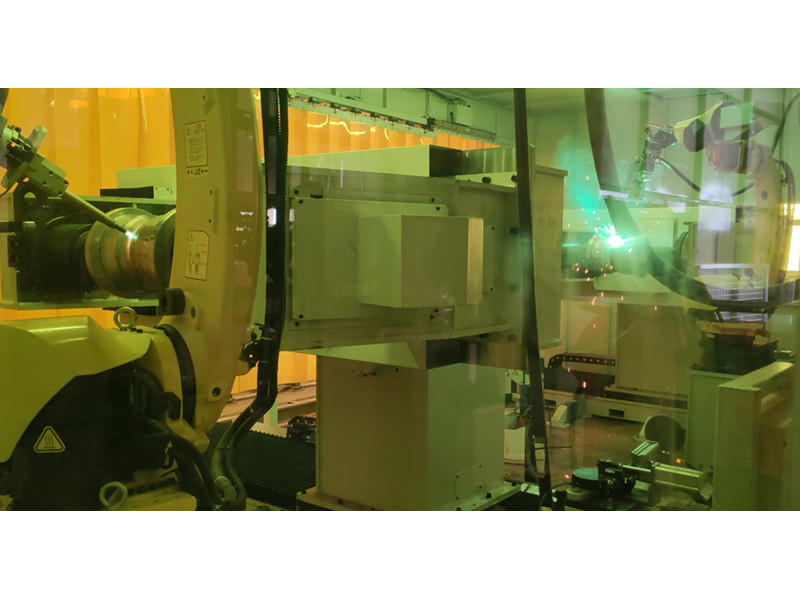Analysis of the Core Functions and Application Scenarios of Welding Booths: Essential Facilities for Improving Welding Safety and Efficiency
As a core facility in modern industrial production, the welding booth protects personnel safety and the production environment by isolating the dangerous factors generated during welding operations. With the technological upgrading of the manufacturing industry, the functional design of welding booths has been increasingly improved. Innovations in intelligence, environmental friendliness, and modularization have made them standardized configurations in fields such as automobile manufacturing and machining. The following analysis is carried out from the core functions, technical characteristics, and industry application scenarios.
1. Isolation of the Working Environment and Safety Protection
The welding booth isolates the welding arc, splashing welding slag, and harmful fumes through its enclosed structure, protecting surrounding personnel from strong - light burns and respiratory hazards. It is equipped with explosion - proof materials and fire - prevention facilities, and has a built - in leakage protection system to fundamentally prevent the risks of electric shock and fire. Some welding booths use multi - layer composite panels with impact resistance and sound - insulation performance, further optimizing the safety of the workshop.
2. Intelligent Ventilation and Dust Removal System
Integrated with a high - efficiency cartridge dust collector and a negative - pressure exhaust device, it can dynamically capture welding fumes, with a purification efficiency of over 95%. Some systems are equipped with sensors and automatic speed - adjustment modules, which can adjust the exhaust volume according to the smoke concentration to ensure that the working environment always meets occupational health standards.
3. Modular Structure and Flexible Expansion Ability
Using a pre - fabricated component splicing design, it supports rapid installation and disassembly, significantly shortening the construction period. Users can adjust the size according to the workshop layout to fit different scenarios such as robotic welding stations and metal grinding workstations. The flexible structure design supports later expansion, such as adding dust removal units or connecting multiple devices to meet the needs of production line upgrades.
4. Human - Machine Collaboration and Intelligent Management
Equipped with a programmable control system, it enables data interconnection with welding robots and automated production lines. Through the Internet of Things module, the status of the equipment can be remotely monitored, and fault information can be alerted in real - time. Designs such as fast - lifting logistics doors and embedded observation windows take into account the needs of material circulation and operation monitoring, reducing the frequency of manual intervention.
II. Industry Application Scenarios and Standardized Configurations
1. Automobile Manufacturing Field
In the body welding and parts processing links, the welding booth can be matched with arc - welding robot workstations to achieve high - precision welding through a linkage control system. It is equipped with anti - arc observation windows and silent fans to ensure operation visibility and a low - noise environment during continuous operation.
2. Precision Electronic Equipment Processing
For high - precision processes such as laser welding, the welding booth uses anti - static materials and a dust - free air circulation system to prevent oxidation or contamination of electronic components. It has built - in three - color warning lights and safety interlock devices to ensure strict synchronization between equipment start - stop and personnel operations.
3. Heavy Machinery and Shipbuilding
Through a strengthened structure design, it can bear the welding of large components. A high - power exhaust hood is installed on the top to handle the high - concentration fumes generated during thick - plate welding. Inspection doors and internal lighting systems facilitate regular maintenance, and a mobile fume - capture arm is used to expand the operation coverage.
III. Selection Criteria and Benefit Evaluation of Welding Booths
Enterprises should focus on three major indicators when selecting a welding booth:
- Compliance Certification: It must comply with the GB 16297 Air Pollutant Emission Standard and OSHA Occupational Health Regulations.
- Energy Efficiency Ratio: Prioritize models equipped with variable - frequency fans and energy - saving LED lighting to reduce long - term energy consumption.
- Maintenance Cost: Modular filter elements and standardized accessories can reduce equipment downtime and replacement costs.
Actual application cases show that standardized welding booths can reduce the dust concentration in the workshop to below 2mg/m³ and reduce the compensation expenditure for occupational diseases by 30% - 50%. At the same time, the enclosed working environment can increase the welding efficiency by 20%, and the benefits are particularly significant in large - scale production.
With the advancement of Industry 4.0, welding booths are developing towards intelligence and greenization. In the future, welding booths integrated with technologies such as AI visual inspection and digital twin monitoring will further promote the innovation of welding processes and the upgrading of production safety management.


